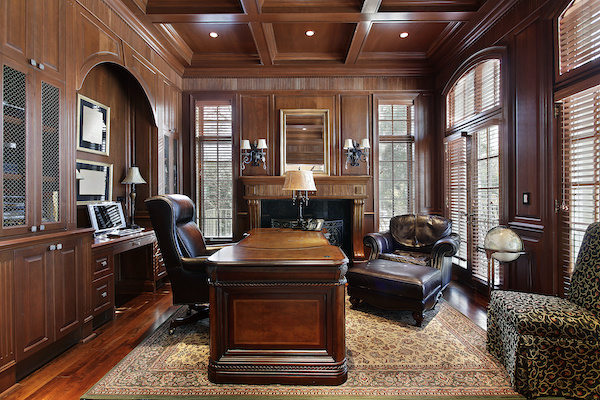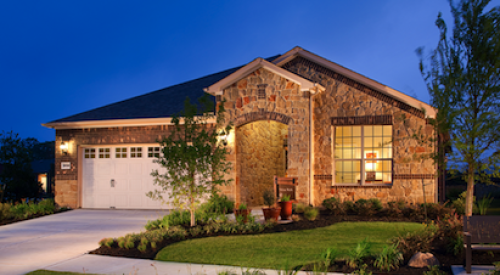When the three main areas of domestic activity began emerging in the 18th century—social area, service zones, sleeping quarters—they would soon be joined by “chamber” rooms, says Elizabeth Patton, author of “Easy Living: The Rise of the Home Office.” These rooms were the ancestors of the modern home office, but were more often called the den, study, or library beginning in the 19th century. From there, they became a space for men to conduct their business. This notion became more solidified in society through advertisements and media, with imagery showing the man in his den and the woman working on the kitchen table, for example.
To better understand the makeshift nature of workspaces in the home – and why the spaces are often gendered – it’s important to look at how the home office first emerged as a distinct space.
In the 18th century, three separate spheres of domestic activity started to appear in middle-class and wealthy single-family homes. There was a social area for hosting guests, such as dining and living rooms; a service zone, which included the kitchen, cellar and laundry areas; and a sleeping area, which was the most private part of the house.










